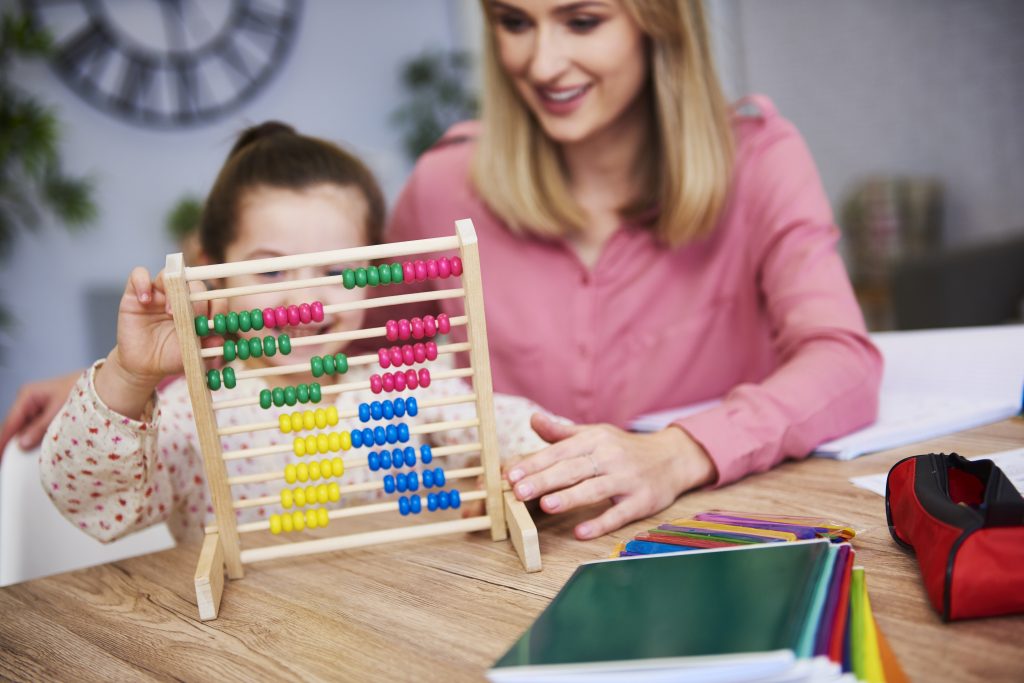Following on from our last post on keeping children engaged in home learning, today’s post will focus on creating a good home learning environment.
Create a Home Learning Space
Create a quiet space conducive to learning. Eliminate background noise as much as possible, such as the radio or TV. Make sure they have all the necessary books and materials for the lesson at hand.

Take Regular Breaks
Encourage regular movement breaks to help your child sustain their attention and concentration. Some children may prefer some quiet time to help them relax and switch off. Set ground rules with your child and incorporate these breaks into your child’s schedule or timetable.
Make Learning Interesting
Home Learning can take many forms. Children learn through everyday activities and experiences, and most importantly through play. Play allows children to learn about the world around them and develop their language and communication skills. Children learn to problem solve, develop critical thinking and reasoning skills, and develop social skills. Play also helps children to regulate their emotions.
Practical activities can help children learn new concepts and vocabulary. Take ‘baking’ for example. Children can learn new vocabulary (weighing scales, rolling pin, spatula, measuring jug), in addition to learning maths concepts (weighing and measuring ingredients).
Manage Screen Time
Screen time will undoubtedly increase during these times with parents also trying to work from home. Parents can help manage screen time by choosing educational content for their children, be that on the TV, iPad or computer.
Tell & Spell online games offer interactive learning to improve your child’s overall vocabulary and spelling ability. Try our online word games today and find the level that suits your child. Children are more likely to remember content when learning is fun and engaging, and the Tell & Spell word games aim to achieve this.



